By Luis Zuta DávilaAnother long weekend is approaching, this time because of the International Labor Day, which falls on May 1st. If you haven't decided where to travel for these days of rest, you can consider Huaral as an alternative very near of Lima and not so expensive, to enjoy the delicious local gastronomy.
How did this province of Lima become a must-visit culinary destination, and what are its signature dishes? What other tourist attractions can we discover and enjoy there?
Located 78 kilometers north of the city of Lima, or just over an hour by car, Huaral is currently part of the tourist circuit of the so-called "norte chico" (small north) of the department of Lima, thanks to its notable tourist attractions, among which its delicious and varied cuisine undoubtedly stands out.
A gastronomic destination
How did Huaral position itself as a culinary destination? First, Huaral’s gastronomic offering is abundant and varied thanks to the excellent quality ingredients provided by its agricultural producers.
In its fertile valleys, it is possible to grow everything, with its emblematic crops: sour oranges, arnaucho chili peppers, sour cherries, avocados, corn, and apples, among others.
Likewise, there is significant livestock production, especially pork, whose excellent quality meat led to the creation of its signature dish: “chancho al palo” (pork cooked outdoors over a fire), a delicacy that has transcended borders and has become Peru's flagship dish, conquering palates around the world.
Huaral's culinary tradition, is the result of a cultural synthesis that brings together a formidable pre-Hispanic heritage and the contributions of European and Asian cuisines, so, all of this influence has given rise to iconic dishes that identify Huaral, such as duck in chili, guinea pig or rabbit chicharrón, duck ceviche, García soup, candied pecans, among other delicacies.
Undoubtedly, Huaral's position as a gastronomic destination is also due, on the one hand, to the contributions of the cooks who rescue and maintain the traditional culinary heritage while continuing to innovate to expand the culinary offerings.
On the other hand, the efforts carried out over many years by the Huaral Association of Hotels, Restaurants and Related Businesses (Ahora), led by Rosa Balcázar, to ensure that this Lima province gets the attention it deserves for its undeniable qualities for delighting its visitors.
Iconic Dishes of Huaral
The following are some of Huaral's signature dishes that will make you fall in love with its gastronomy:
Chancho al palo (Roasted Pork outdoors)
This is one of the signature dishes of the province of Huaral. The star ingredient is salted pork, placed in large chunks on wire mesh, placed at an angle, very close to a charcoal grill made from fruit tree trunks, which gives it a succulent aroma.
While the meat and its crispy skin are cooking, beer is poured over it to give it a special flavor. This irresistible stew is served with “sarza criolla (salad of onion, lemon and chili) yuca (cassava), or boiled potatoes. The delight of Chancho al palo has crossed borders to places where gastronomic festivals are held in honor of this succulent Huaral dish.
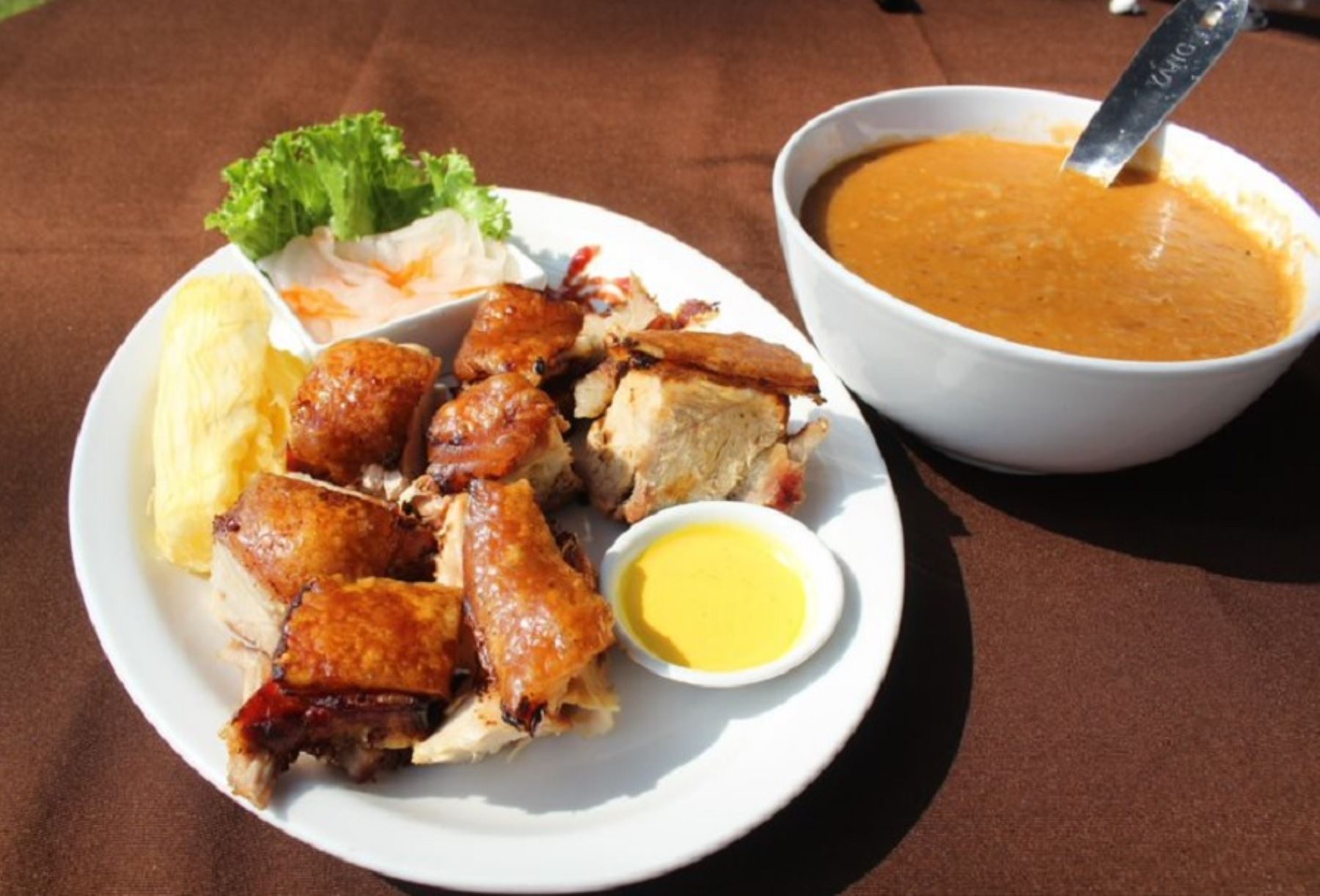
García soup
Upon arriving in Huaral, you must try García soup, prepared with hen broth, and usually served with chunks of hen, roast pork, fried Chinese wantan, noodles, egg omelet, and quail eggs.
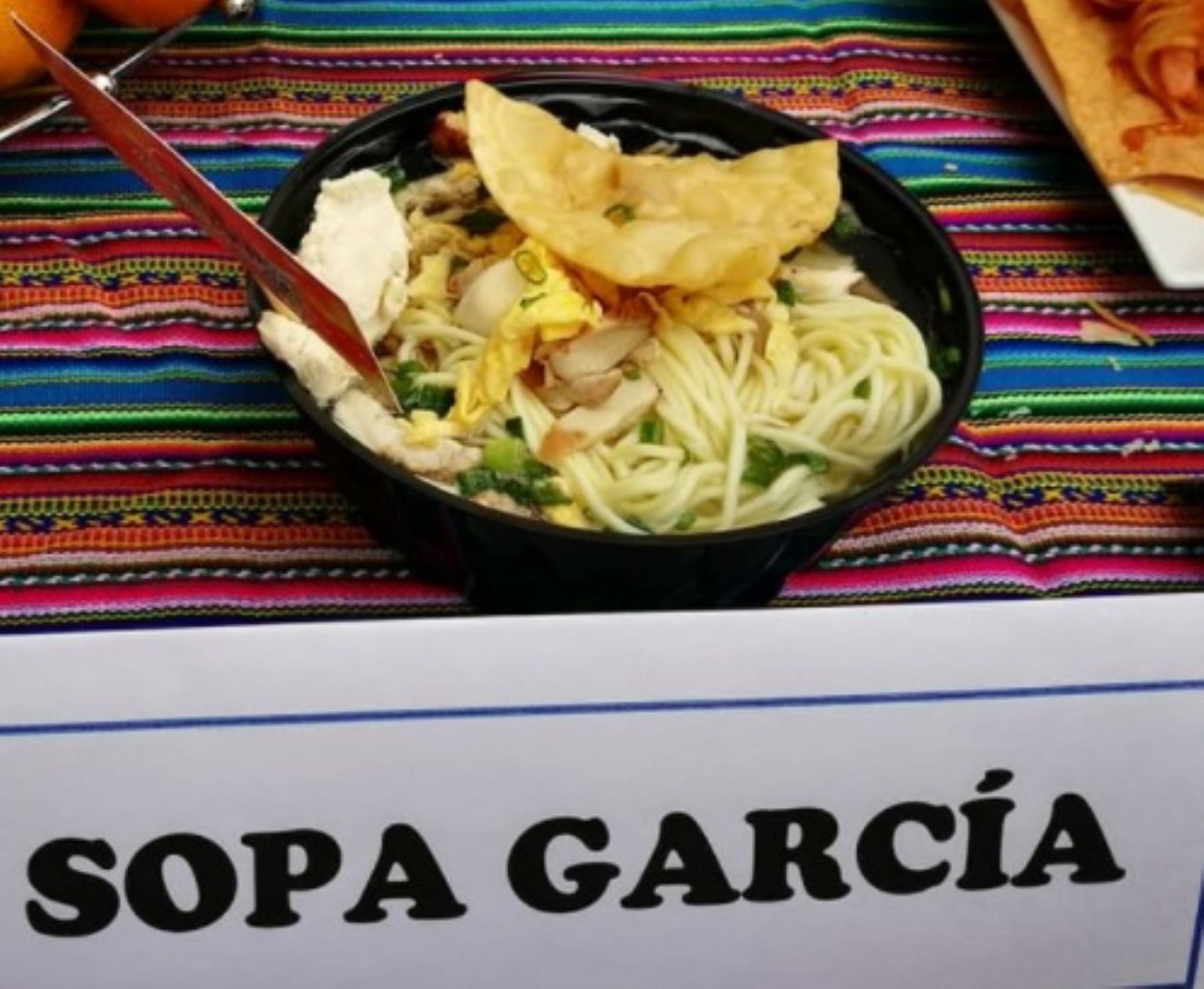
Duck in chili sauce
Also called "Pato a la Huaralina," this stew has been declared a Gastronomic Heritage and endorsed as a tourist product by the Peruvian Ministry of Foreign Trade and Tourism.
Captivating palates for over two centuries, its preparation is based on a mixture of panca, limo, and yellow chili peppers with chopped onion. It is said that the secret to its captivating flavor lies in the fusion of spices and natural seasonings. It is served with beans, rice, and cassava.
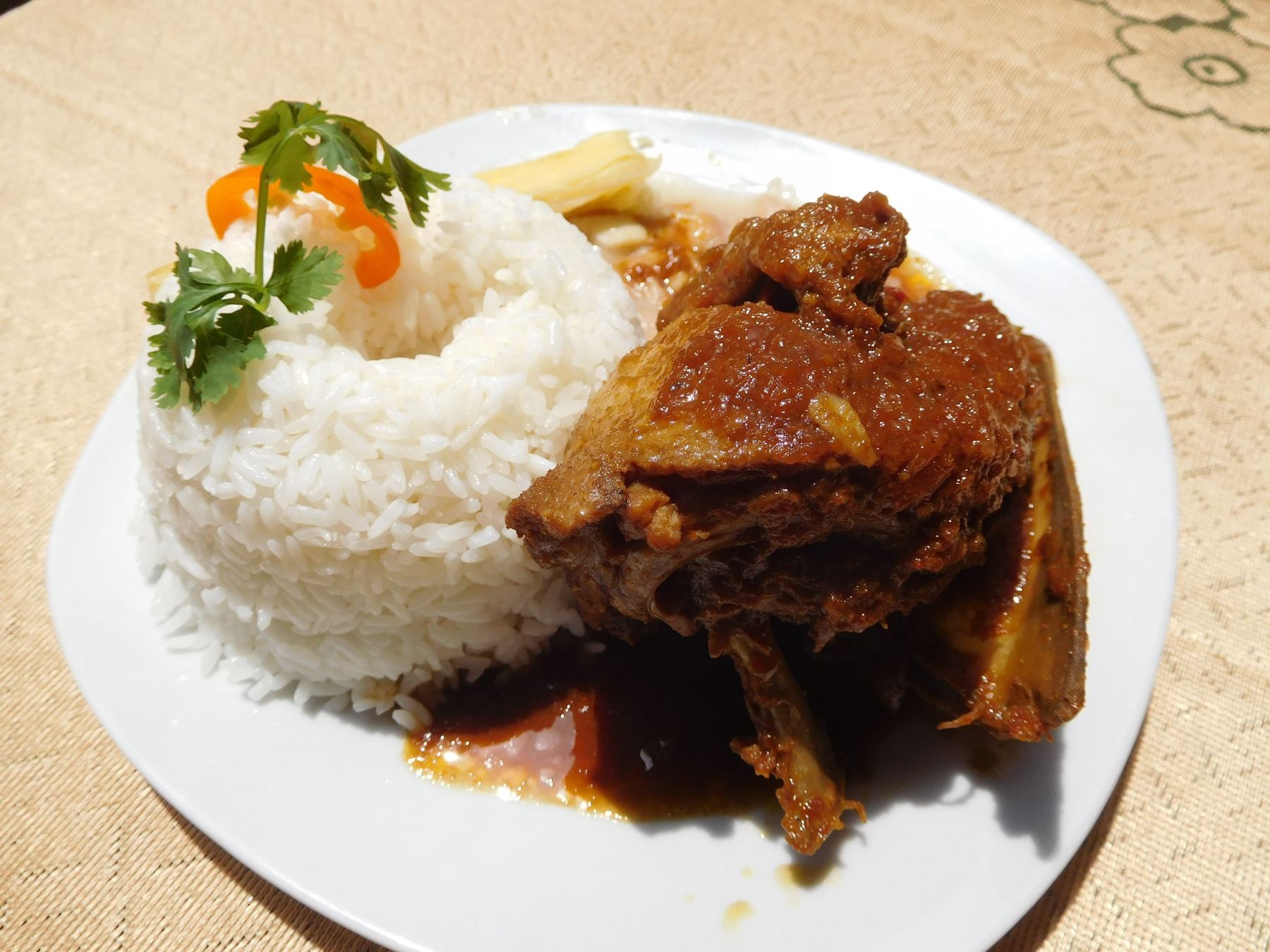
Duck Ceviche
Although its name reminds us of Peru's signature dish, it has no relation to the emblematic fish-based stew. In this case, it's a cooked or stewed dish, not fresh, where the star protein ingredient is poultry, which is cut into pieces and marinated before frying.
It's seasoned with a mixture of yellow chilies and, before removing from the heat, a few drops of lemon. It should be served with yuca, boiled egg, lettuce, and olives.

Guinea guinea pig or rabbit chicharrón
These are highly sought-after dishes in Huaral's country restaurants. This is due to the domestic farming of these animals and the seasoning local chefs add to these stews, cooked primarily over wood fires.
They are served with golden potatoes, boiled or baked sweet potatoes, cooked white rice, and Creole bramble.
Candied Pecans
This dried fruit is emblematic of Huaral and is the base for sweets such as candied pecans and pecan chancaca, both of which are the result of cooking pecans with brown sugar and honey.
This varied cuisine can be paired with delicious wines produced in the vineyards and wineries of this province, blessed with an ideal climate and terroir for growing grapes.
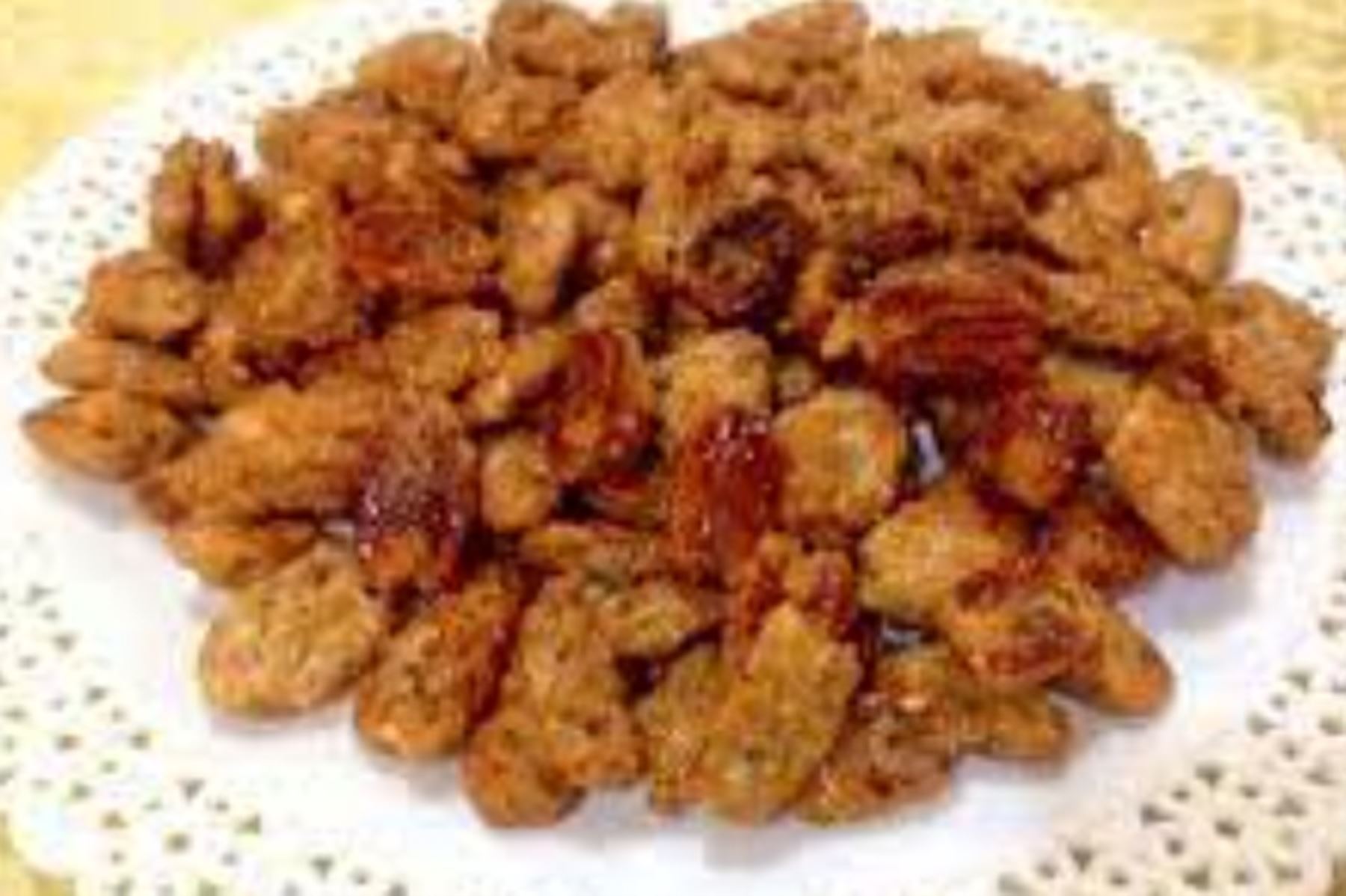
Tourist attractions in Huaral
If you want to experience an unforgettable travel experience, visiting places of extraordinary natural and architectural beauty, you only have to travel to Huaral, the northern province closest to the city of Lima.
One of the iconic attractions of Huaral province is Chancay Castle. Located on Primero de Mayo Street in the coastal district of Chancay, it is a majestic building classified as a "Multicultural Theme Park." It was built in the 1920s on a rocky cliff, on the shores of the Pacific Ocean.
Inside, special spaces have been created such as the "Museum of Chancay Culture," which houses the most important private museum collection of this pre-Hispanic culture. There's also a Natural History Museum, which houses one of the country's largest collections of taxidermy-stuffed animals.
Finally, you can visit the "Hall of Memories," which displays antiques from the family that built Chancay Castle, including some of the furniture designed by the founder, Consuelo Amat y León, who lived on this property from the very beginning.
Eco Truly Park
If you're looking for peace and spiritual harmony, Eco Truly Park is the ideal option. It's a beautiful and peaceful ecological, artistic, and self-sustaining community, where residents and volunteers live in harmony with nature. It's located at kilometer 19.5 of the Pasamayo serpentine, in the Aucallama district.
This ecological farm stands out for its unique conical and oval-shaped buildings inspired by Eastern culture, made with adobe and other environmentally friendly natural materials, which blend seamlessly into the coastal area near the sea where the community known as "Eco Village" is located.
At Eco Truly Park, visitors can participate in sustainable activities such as organic farming, eco-building, sustainable tourism, yoga classes, spiritual and meditation retreats, and Eastern art, among others.
Visiting this Huaral attraction is also a great opportunity to meet people from all over the world who regularly visit and exchange experiences at Eco Truly Park.
Rúpac
For lovers of archaeological tourism, Rúpac is a fascinating place to discover. This imposing archaeological complex, known as the Machu Picchu of the Lima mountain range, is located atop a large mountain in the Atavillos Bajo district, 3,580 meters above sea level. Due to this location, it is also known as the "city among the clouds."
This impressive citadel, with buildings up to ten meters high, made entirely of stone and located on the highest parts of the mountain, is attributed to the Atavillos, a pre-Inca culture that flourished between 1,200 and 1,600 AD.
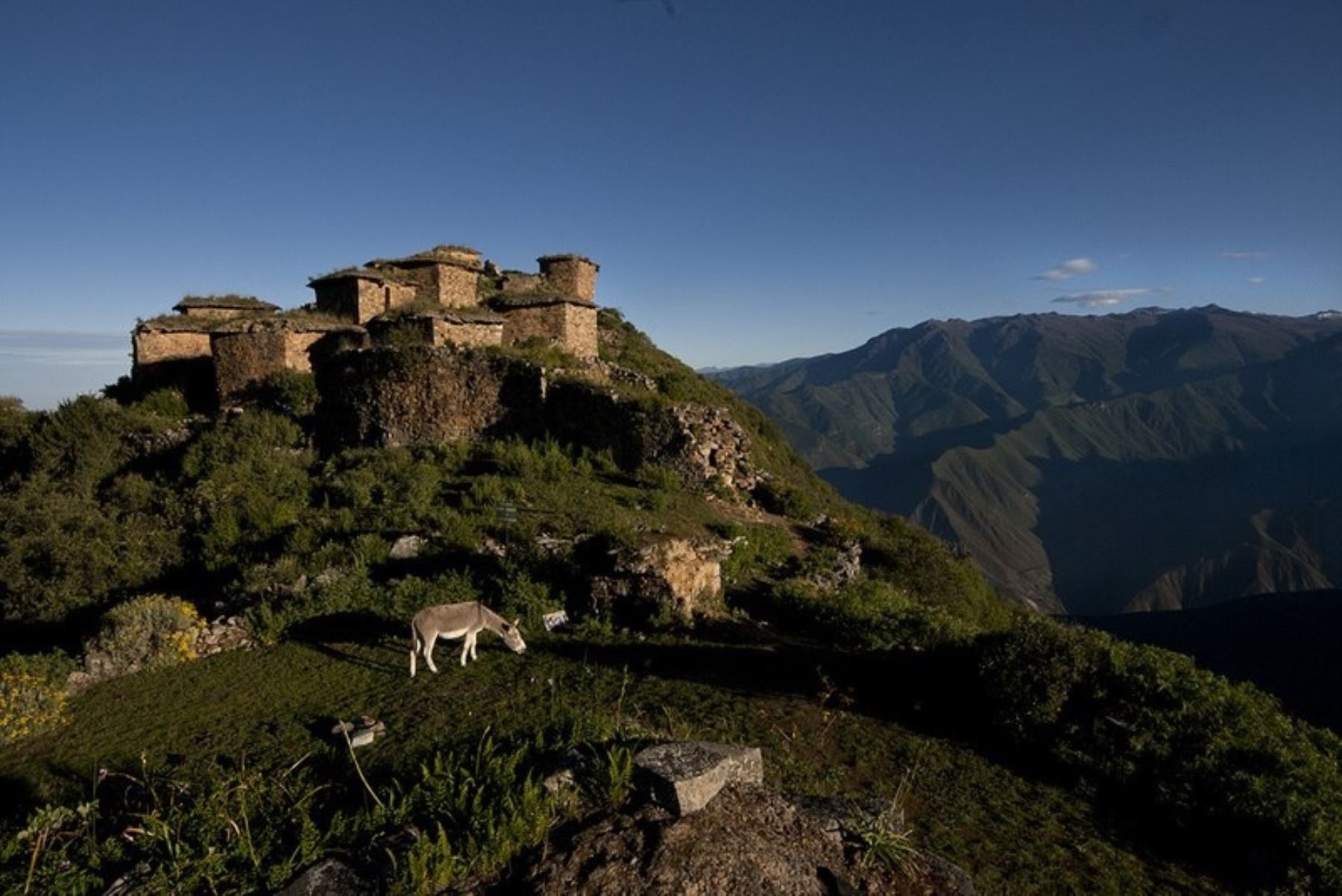
According to archaeological research, its inhabitants had a strong religious and military influence, demonstrated by the remains of apparent cemeteries and temples found at the site, as well as by the location of the complex, which allowed for total control of the area.
The Atavillos were allegedly conquered by the Inca Pachacútec, and their riches were such that the Spanish conquistador Francisco Pizarro claimed them for the King of Spain, calling himself the Marquis of the Atavillos.
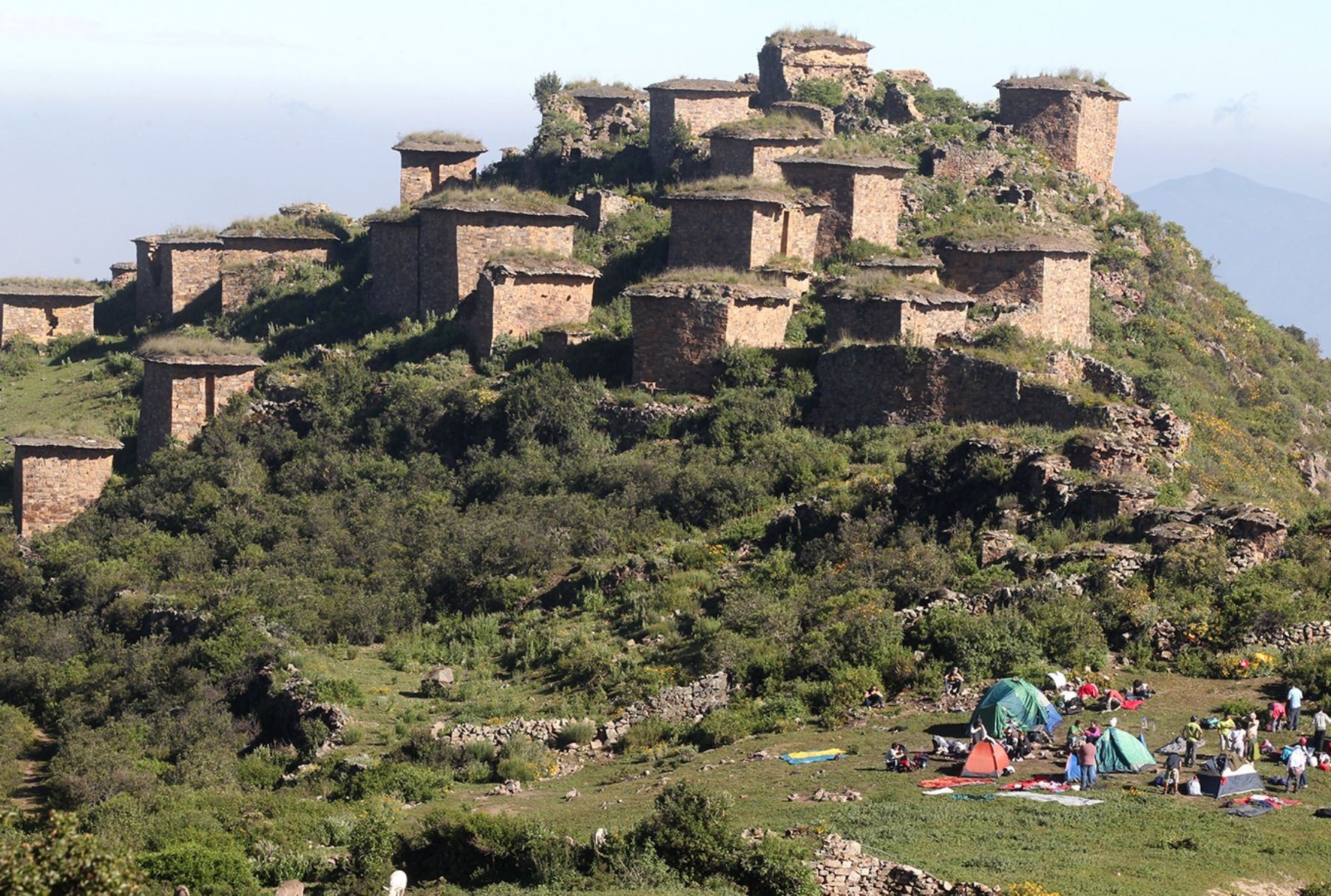
Due to its importance as an ancestral material heritage and a factor of regional identity, this archaeological site was declared a National Cultural Heritage Site on June 25, 1999. Likewise, the Congress of the Republic declared it a priority national tourist heritage site in 2017.
To reach Rúpac from the city of Lima, you must travel to the Lima province of Huaral and from there take a 75-kilometer detour to reach the town of Pampas, where the ascent to Rúpac begins.

More in Andina:
(END) LZD / MAO / MDV
Published: 4/30/2025